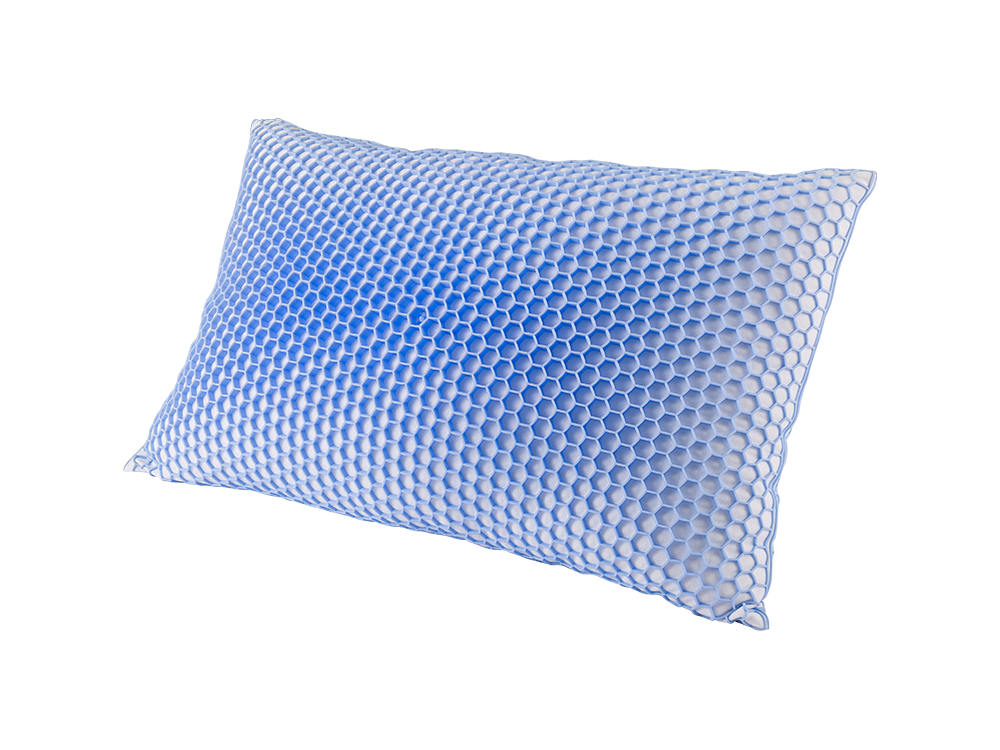Tossing and turning in the sweltering heat? A cooling pillow isn’t just a luxury—it’s a game-changer for sleepers who crave temperature control. But what makes these pillows so effective? The secret lies in cutting-edge materials and cooling technologies engineered to combat sleep-disrupting heat. Let’s dive into the science behind how advanced fabrics and designs turn ordinary pillows into sleep-saving cool-down tools.
Thermoregulation Mechanisms in Synthetic Cooling Fabrics
At the heart of every cooling pillow is its fabric. The 3D-knitted structure, often seen in premium models, isn’t just for style—it’s a strategic engineering feat. These fabrics create micro-air channels that enhance airflow, pulling heat away from the body and dispersing it into the environment. This process, known as convective cooling , ensures your head and neck stay cooler by minimizing trapped moisture.

But how do these materials stay dry? Synthetic fibers like polyester or polypropylene are treated with moisture-wicking additives, drawing sweat to the pillow’s surface where it evaporates quickly. This dual action—airflow and moisture management—prevents the clammy buildup that plagues traditional pillows. For instance, phase-change materials (PCMs), though still emerging in mainstream pillows, could revolutionize cooling by absorbing and releasing heat based on body temperature. While not yet standard, this innovation hints at the future of cooling textiles , where pillows adapt to your thermal needs in real time.
Material Innovation Trends in Cooling Textiles
The race to perfect cooling pillows isn’t slowing down. Innovations like graphene-infused fibers are gaining traction for their ability to conduct heat away from the body more efficiently than conventional synthetics. Meanwhile, nano-structured surfaces on fabrics mimic the cooling effect of natural evaporation, mimicking the way sweat cools the skin.
Even the fillings are evolving. While synthetic fibers dominate for their cost-effectiveness and hypoallergenic properties, eco-conscious brands are exploring plant-based alternatives like bamboo or algae-derived materials. These biodegradable options promise to deliver the same cooling benefits without environmental trade-offs. For example, some prototypes use plant-based phase-change materials (PCMs) to regulate temperature while reducing reliance on petroleum-based synthetics.
A cooling pillow isn’t magic—it’s a masterclass in material science. From 3D-knitted fabrics that boost airflow to moisture-wicking treatments that keep you dry, these pillows are engineered to outsmart summer heat. As trends lean toward sustainability and smart tech, expect to see even smarter materials, like graphene or bio-based fillings, shaping the next generation of cooling bedding. Whether you’re battling insomnia or simply seeking comfort, understanding the science behind these pillows empowers you to choose the right one for your sleep sanctuary.





 Français
Français Español
Español Deutsch
Deutsch












 +86-573-88798028
+86-573-88798028